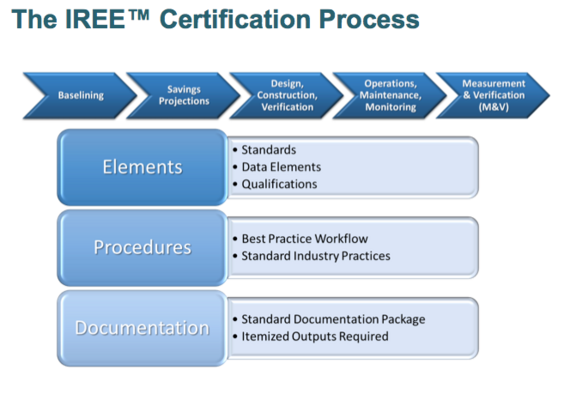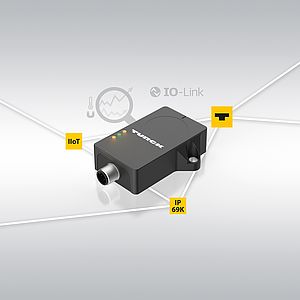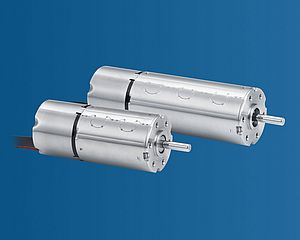Since the oil crises in the 1970s, industry has been treated specially, although not always in ways that led to important improvements in energy performance. There is no need to repeat the history of stop-start energy efficiency policy. The context has significantly changed since most global leaders importantly agreed on the Paris climate agreement in December 2015.
In Europe, most of the policy support was through the Emissions Trading Scheme (EU ETS) but it is obvious that, whatever the impact, it has not led to improvements in energy efficiency. In 2012, the EU approved the Energy Efficiency Directive (EED) that led to measures related to mandatory audits for large companies, promotion of energy management systems (such as ISO 50001), encouraging support for SMEs as well as encouraging the better use of waste heat. Cogeneration was also integrated into the EED.
While the EED is going through further revision, there are no legislative changes to support energy efficiency in industry. The European Commission wants the market to work more effective. But, there is important support.
- For one, the Energy Efficiency Financial Institutions Group (EEFIG) was created to overcome some of the financial barriers that have been identified in all sectors. Rightly, that includes the industrial sector, for both large industry as well as medium and smaller companies.
- Now the European Commission has tried to further address financial barriers by funding a two-year project entitled the Investor Confidence Project for Industry, District Energy and Street Lighting. This project follows a similar one, in terms of methodology, that is almost completed for buildings.
Senior management to understand the benefits of the scheme
First let’s look at the problems (barriers) it is trying to address. Then, let us see what ICP has to offer to address some of those issues. The Energy Efficiency Financial Institutions Group (Energy Efficiency in Industrial Processes is a member), identifies the barriers to the long-term financing for energy efficiency and proposes policy and market solutions to them. The purpose of that group is to get the financial institutions and other relevant stakeholders to help find ways to overcome the financing blockage.
There is financing available, but banks have poor capacity and interest to finance energy efficiency and consumers (in this case industry or businesses or institutions) are often reluctant to decide to undertake such measures. Possible energy and related financial savings are often seen as hard to predict with the effect that such investment proposals fail internally.
And while there are some investments, for sure, they are not at a scale that will have a real impact that is needed to meet our long-term objectives. One of the problems is that there is a lack of standardization in project development and documentation and that is seen as a major barrier to increasing investment into energy efficiency. For this reason, ICP plays an important role, as will be explained below.
Understanding the overall concept
The concept of the Investor Confidence Project is relatively simple to understand. Typical steps of an energy efficiency project:
- A potential project in a factory or a district energy system, for example, is identified.
- Someone has to do the necessary calculations to determine the viability.
- Someone has to be identified to install it (often the same organisation).
- And some organisation (or group of organisations) needs to fund it.
What this project does is standardise the procedures so that all players gain confidence in the system:
- The factory owner is happy.
- The developer/auditor/installer is happy.
- The financial institution is happy.
There are protocols in place and third party monitoring to ensure everything is done correctly. The protocols are developed by interested experts and not by commercial interests. This approach, first brought out in the United States, was used for buildings, mainly multi-family and commercial buildings.
This approach was then brought to Europe for buildings, funded through the European Commission’s Horizon 2020 programme. The final stages of the first phase on buildings are now being completed. The Commission is now supporting a further extension of the concept into industry, street lighting and district energy. This two-year project has just starting. It benefits from lessons learned in the buildings component because much of the methodology is similar. There are many elements in the process, but what is key now is the development of protocols that are used to establish a relationship between the consumer and the project developer (an ESCO, for example).
For management in industry, the protocols are fundamental to set the foundation of a strong relationship that is show in in the above process. ICP Protocols are an industry best practice assembly of existing standards, practices, and documentation in order to create the data necessary to enable underwriting or managing of energy performance risk. For company management the protocol is a safeguard of the process because it specifically lays out all the elements that process. The project developer goes through a certification procedure and once the project is complete there is third-party independent verification. This gives comfort to the company management and it allays the concerns of the financial institution.
There is a need to seriously ramp up implementation of cost-effective measures in industry. This process will work. Now it has to be further tested on industry so that there is commercial roll out by the end of the two-year project. In the past year, large industry has had to have a mandatory audit. Potential projects have been identified. Many other companies of all sizes also have a good idea of what they would like to implement. Yes, there is more than one way to support the financing of energy efficiency measures in industry. But, to meet our Paris climate obligations, the overall level of ambition needs to seriously ramp up.
For more information on the ICP approach, it is possible to visit the website: http://europe.eeperformance.org/






















































